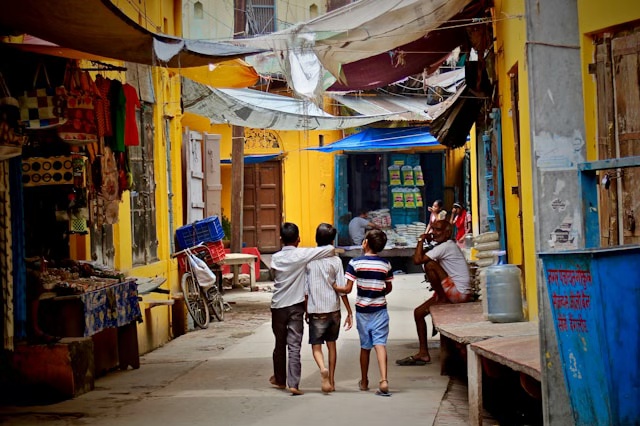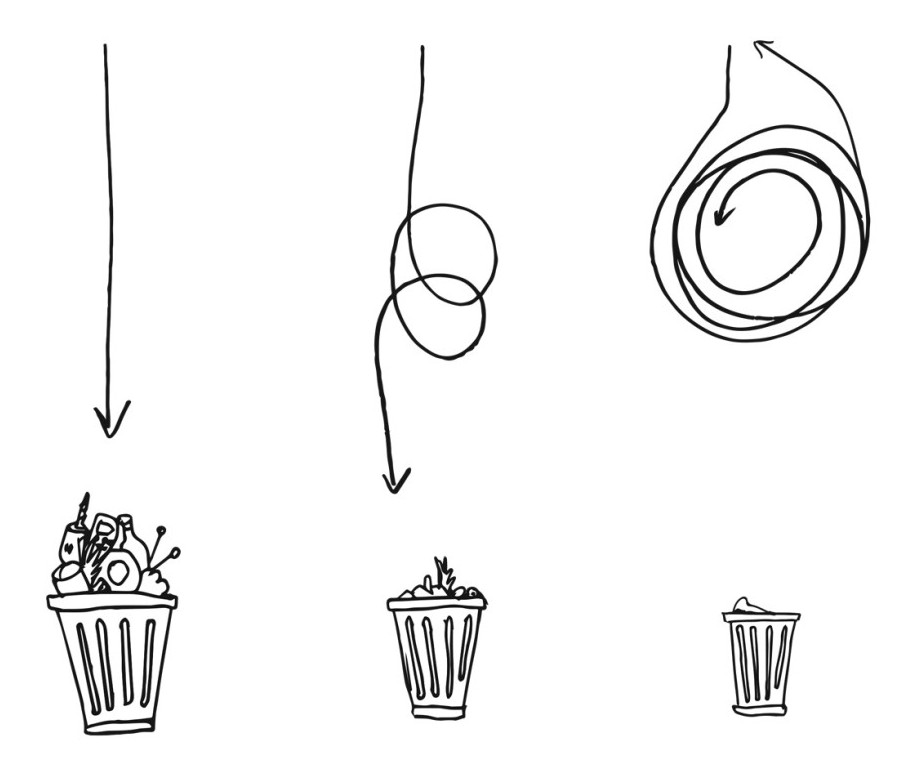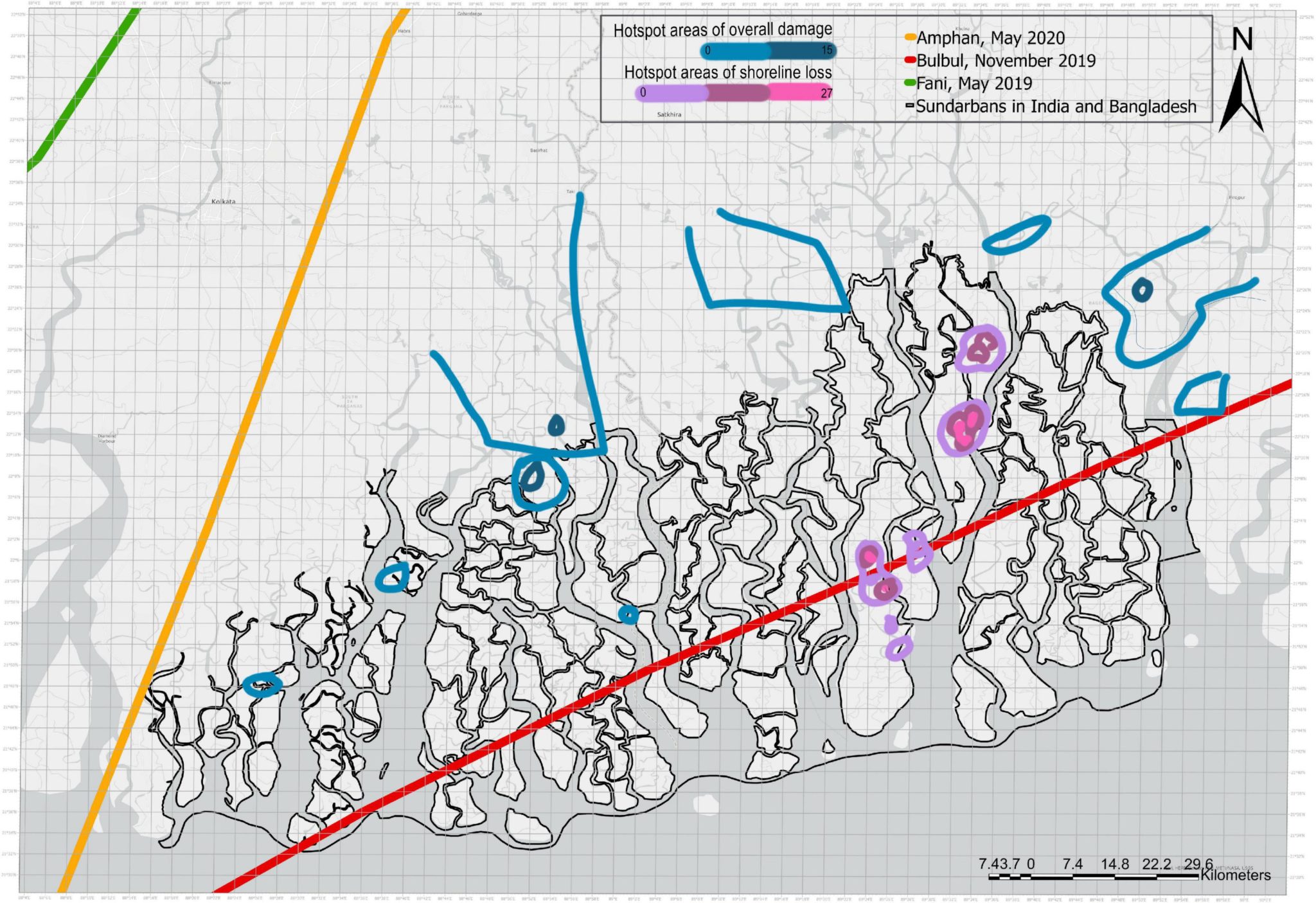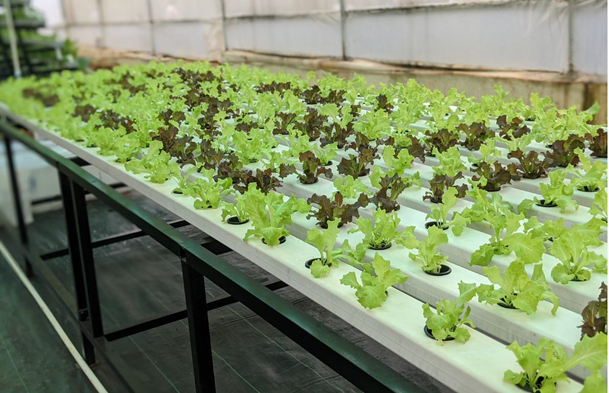Design drives markets and in an era of massive global change that is accelerating due to ubiquitous communication facilities, the village craftsman and our handicrafts sector are not impervious to the impact of that change. The Eames India Report of 1958 (prepared by Charles and Ray Eames, in response to the government of India seeking recommendations on a programme for design training) which was instrumental in the setting up of the National Institute of Design in Ahmedabad, says The change India is undergoing is a change in kind not a change of degree. The medium that is producing this change is communication The decisions that are made in a tradition-oriented society are apt to be unconscious decisions In order to even approach the quality and values of a traditional society, a conscious effort must be made to relate every factor that might possibly have an effect.
Designing a new capacity
This conscious effort that the Eames called for is design, and that which is now becoming so important to the practice and very survival of the crafts sector. Design is an old human capability that has been forgotten by mainstream educational systems and the traditionalist alike. Market research indicates preferences for comparable products that exist; design research indicates features of a product that do not yet exist, and in doing so, creates new market opportunities. Design innovation will be increasingly called upon to establish new avenues for old skills, and this is perhaps the only way for our hand craftsmen to face competition from industry produced goods and services.
The craftsmen have got dislocated from their stable milieu of village-markets and live user-contacts in predictable social settings by the rapidly expanding rings of communication that are simultaneously imploding and exploding, bringing with it new competition and uncharted change, all at once. It is here, in a climate of chaos, that design thrives; in its ability to map patterns of the emerging trends, and fashion alternate scenarios in response.
The language of design is the substance of complexity, and of the management of a multiplicity of factors in a mode of synthesis, rather than by analysis. The design language that I am speaking of needs to be explained and defined so that it is not confused with the bizarre offerings that come by the labels of marketing hype, style or even, interior decoration. It is indeed a very different kind of activity that needs to be at the core of society and it has been a core human activity known to man ever since the beginning of civilisation.
However, now this activity needs to be done in tandem with dramatic change, with leaps of creative imagination and with equally rigorous testing for it to be credible and acceptable. It is as different from science as it is from art, and it uses the tools and methods of all of them in a contextually determined manner. Design can be studied and the capabilities acquired along with the required mind-set change that takes it to different vantage from both art and science. It is this kind of assimilation of the design language that will make for the renewal of the crafts traditions and ensure the sustainability of our living crafts legacy.
Crafting a challenge
The existing handicrafts sector has massive resources of fine skills and technical know-how and are still active in various parts around the country in the form of the traditional wisdom still embedded in the fabric of our culture. But not for long! The handicrafts sector is an enormous source of employment, particularly self-employment, for a large number of people and it represents an opportunity that cannot be ignored. Being an economic activity exposed and influenced by the competitive pressures of a dynamically shifting marketplace, our new generation of craftsmen would necessarily have to depend increasingly on high-quality market intelligence and strategies of design to be pro-active, particularly while dealing with remote and export markets.
The orientation of our institutional investments in India have been industry-focused while crafts have been more or less relegated to a self-sustaining role with the exception of the very limited funding through the offices of the development commissioner of handicrafts. This situation has continued unchanged due to the lack of a coherent plea from this decentralised sector, and based on some unsubstantiated fears and romantic notions that innovation in the crafts would destroy traditional values embedded therein.
The crafts sector must make political demands on the access to and the use of existing infrastructure of our national and regional institutions as well as seek to establish new initiatives that are focused exclusively on the needs of the crafts sector. The sector by its very nature is heterogeneous, both from the point of view of the material and technological processes used in each of the crafts as well as in the situations in which the craft communities work in different regions of each state or the country. This implies that individuals working in this sector would necessarily have to be flexible and broad-based in their approach; they have to be able to understand a large variety of technologies; and they have to possess the competence to work in a generalist capacity. A flexible regional focus could give us both variety and relevance to the local context in bringing new crafts capabilities to our young learners as an integral part of their broader learning to cope with the new age ahead.
New initiatives in education
We would need a two-pronged approach to education of the craftsmen. One, to deal with the sustained creation of new craftsmen through revised programmes in schools, and the other to help our master craftsmen cope with the change. This would need a massive infrastructure, nothing short of a crafts university, which can carry on systematic education of all players in the crafts sector and with a special emphasis on the needs of the craftsman. Such an exposure carried out under the guidance of specially sensitised faculty, perhaps local craftsmen, would help develop the broad-based competence that is required in our society.
• Crafts - from then till now
Design helps create new products and strategies that are market-focused and it can be used to create productivity enhancing strategies as well that would make the eventual product of the crafts process more acceptable to vast markets. It is this premise that ties up our argument for the need for new institutions that can help transform the crafts sector of India using design as one of the prime driver for this kind of change.























